calsfoundation@cals.org
Fayetteville National Cemetery
In 1867, the Fayetteville National Cemetery in Fayetteville (Washington County) was established by the federal government to be used for proper burial of Union soldiers of the Civil War who died in the Arkansas campaigns. The first five acres, about one mile southwest of the old courthouse, were purchased from local residents David Walker and Steven K. Stone. The original burial layout resembled a compass rose. Graves were placed in a circular pattern around the flagpole with the headstones facing the flag and pathways between sections forming a six-pointed star. Smaller sections shaped as diamonds were located between the points of the star, for a total of eighteen sections. The first burials were disinterred from local battlefields and reinterred in the Fayetteville National Cemetery. In the battles of Pea Ridge and Prairie Grove alone, there were more than 5,000 total casualties, many who were killed in action or later died of wounds. These dead accounted for a majority of those buried at the cemetery. The first interments were made in 1867, and, according to an inspection report in May 1871, there were 1,210 interments, most of which were unidentified white soldiers.
The first superintendent’s lodge—a small wood-frame, two-room cottage—was demolished in 1870 to make room for a new one-and-a-half-story lodge. The new lodge was built in the vernacular Second Empire Style, with raised sandstone, and lasted until 1991. An administration building was added six years later. In 1874, the U.S. Army Quartermaster General’s Office replaced the simple wooden fence surrounding the cemetery with a seven-foot-tall brick wall. A new flagpole was erected in 1924; in 1926, the wall was replaced by a smaller wall made of concrete and brick with tile coping. A double-iron gate with granite pillar supports was built in 1940. As the cemetery ran out of room for burials, the pathways were filled in until the original layout could no longer be seen. When the new sections were added, the headstones were reversed so that the inscriptions faced the remains rather than the flagpole.
In 1984, the Regional National Cemetery Improvement Corporation (RNCIC) was formed by a group of citizens, officials, and veterans from Fayetteville with the goal of raising enough funds to purchase more land to expand the cemetery. A donation of three acres was accepted by the Secretary of Veterans Affairs on January 26, 1990. That same year, a Revolutionary War Soldier Memorial was dedicated to twenty-six veterans of the Revolutionary War who had moved to Arkansas. Facility improvements were made in 1997 with the addition of an administration building, a service building, and a committal shelter—all made of brick. In 1999, a metal picket fence with brick columns was put up in place of the 1926 wall, though a small portion of the old wall remains around the southern gate. The RNCIC donated 2.3 acres of land to the cemetery in November 2013 and an additional 2.4 acres of land in July 2017.
On July 28, 1999, the Fayetteville National Cemetery was added to the National Register of Historic Places. The cemetery is also on the Civil War Discovery Trail. In 2000, the Military Order of the Purple Heart Service Foundation donated a carillon as part of its living memorial program. There is also a memorial stone for those who served in the First Marine Division, FMF, who died in World War II, the Korean War, the Vietnam War, and other actions in southwestern Asia. The Chosin Few Memorial is dedicated to the soldiers who fought at Chosin Reservoir during the Korean War.
Veterans from the Revolutionary War, the Civil War, World War I, World War II, Vietnam, and the wars in Iraq and Afghanistan are buried within the cemetery. There are two notable burials. James C. Putnam was an original founder of the Veterans of Foreign Wars and served as the first national president of the organization. He died in 1956. Private First Class Clarence B. Craft received the Medal of Honor for his actions at Hen Hill, Okinawa, on May 31, 1945. He died in 2002.
For additional information:
Fayetteville National Cemetery. National Park Service. http://www.nps.gov/history/nr/travel/national_cemeteries/Arkansas/Fayetteville_National_Cemetery.html (accessed February 6, 2024).
“Fayetteville National Cemetery.” National Register of Historic Places nomination form. On file at Arkansas Historic Preservation Program, Little Rock, Arkansas.
Fayetteville National Cemetery. U.S. Department of Veterans Affairs. http://www.cem.va.gov/cems/nchp/fayetteville.asp (accessed February 6, 2024).
Lemke, W. J. “The National Cemetery at Fayetteville.” Bulletin No. 25. Fayetteville, AR: Washington County Historical Society, 1956.
Maranda Leeper
Fort Smith, Arkansas
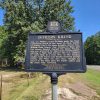 Civil War Markers and Memorials
Civil War Markers and Memorials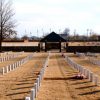 Fort Smith National Cemetery
Fort Smith National Cemetery Historic Preservation
Historic Preservation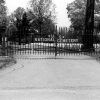 Little Rock National Cemetery
Little Rock National Cemetery Military
Military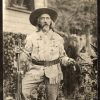 Von Berg, Charles Ludwig "Old Scout"
Von Berg, Charles Ludwig "Old Scout"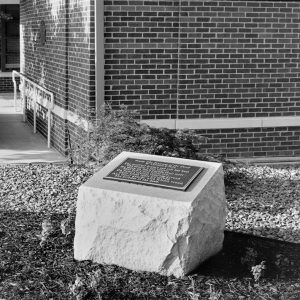 Bivouac of the Dead
Bivouac of the Dead 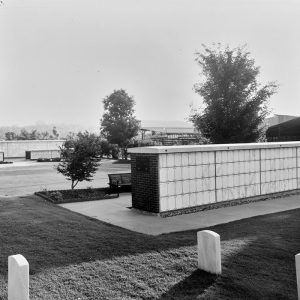 Fayetteville Cemetery View
Fayetteville Cemetery View 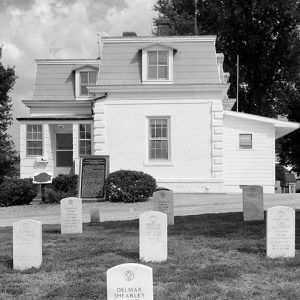 Fayetteville National Cemetery
Fayetteville National Cemetery 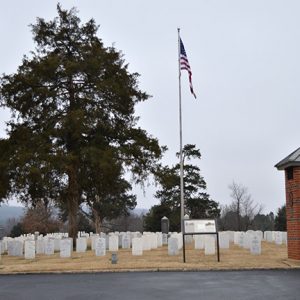 Fayetteville National Cemetery
Fayetteville National Cemetery 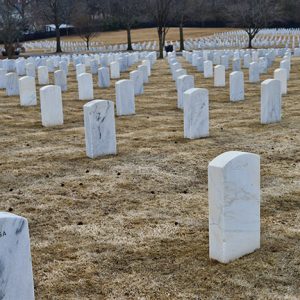 Fayetteville National Cemetery
Fayetteville National Cemetery 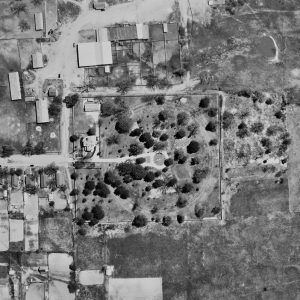 Fayetteville National Cemetery
Fayetteville National Cemetery 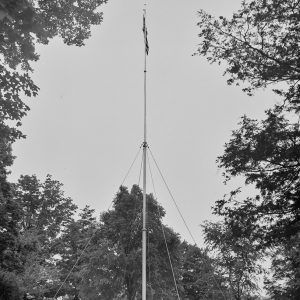 Fayetteville National Cemetery
Fayetteville National Cemetery 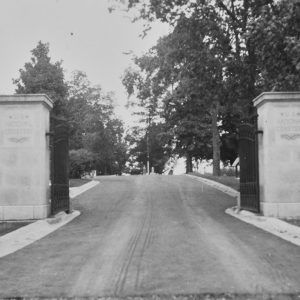 Fayetteville National Cemetery
Fayetteville National Cemetery 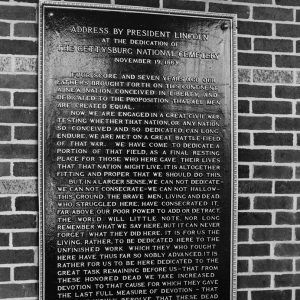 Gettysburg Address
Gettysburg Address 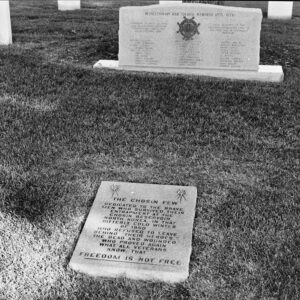 War Memorials
War Memorials 



Comments
No comments on this entry yet.